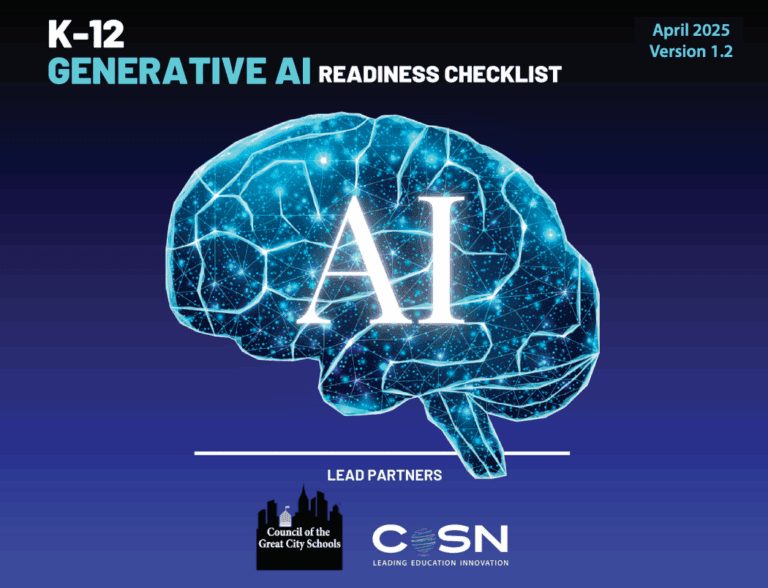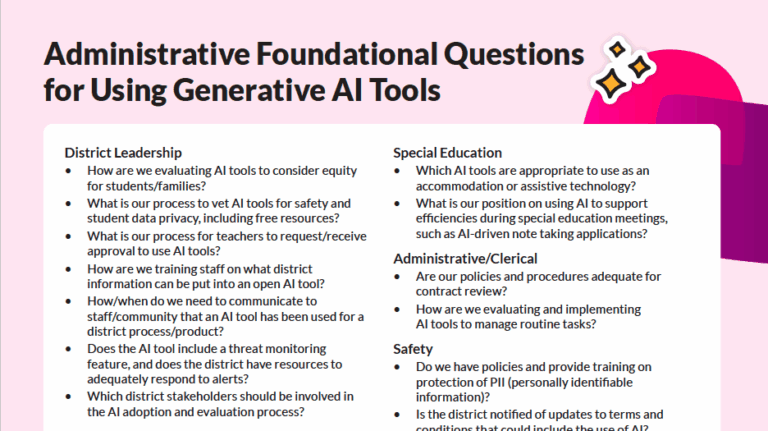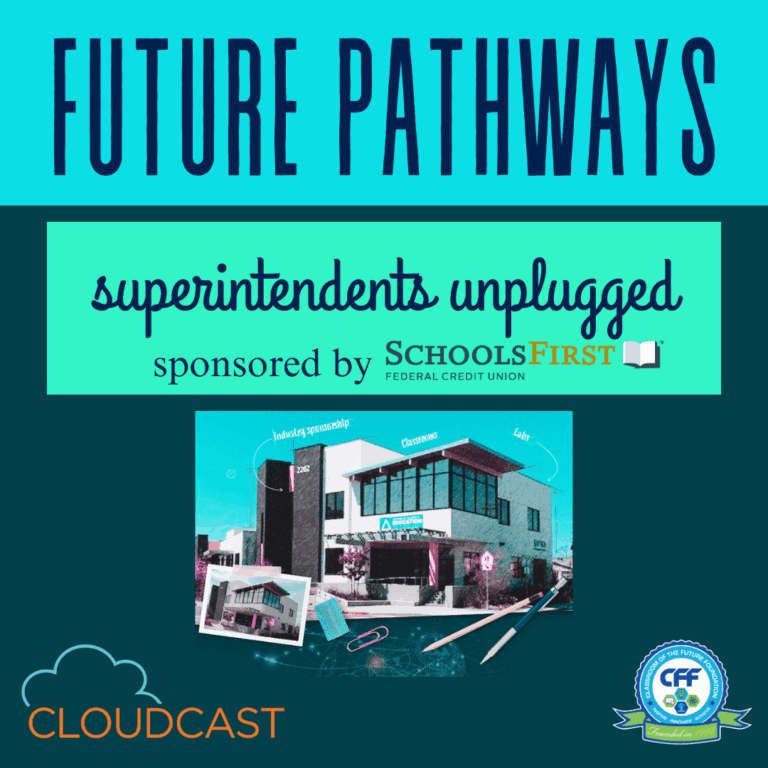Excerpts from ACSA Partner EdTrust West’s “Hear My Voice: Strengthening the College Pipeline for Young Men of Color in California.”
Statistically, young men of color are less likely than their peers to attend a school with basic resources or support personnel like counselors, less likely to have access to a broad and rigorous set of college preparatory courses, and more likely to face harsh and exclusionary discipline policies. They are more likely to be pushed out or drop out of high school and less likely to graduate from college. But often, negative narratives and data fail to tell the more hopeful, helpful, story—that of countless young men of color who are succeeding in our schools and communities, and how that success has been achieved.
Many young men of color are successful when provided the supports to which all students should have access. But even in better-than-average schools, the young men of color that EdTrust West heard from, and thousands of others across California, face historical and structural inequities—racism, stereotyping, and low expectations, to name a few—that can put postsecondary access and success further out of reach than it is for many other students.
It is not enough to offer a foundational level of quality instruction and support and expect that all students will excel. It is crucial that California’s K-12 and secondary schools provide young men of color with additional, tailored resources to support their college-going and completion and begin to address some of these longstanding inequities.
What should school and district leaders do?
Support intentional social support networks
Young men of color can access a great deal of academic and socio-emotional support through their peers. Peer groups—which may be in the form of clubs, affinity groups, student centers, or leadership training opportunities—help students feel a sense of belonging. Through these groups, students can get advice on responding to racism and stereotypes and can reflect on themselves as men within the broader society. One student shared about the power of groups like these, “Just the presence of a club like the African Student Program increases the inclusion message. Knowing there are resources available for us goes a long way.”
Ensure teachers and faculty reflect the ethnic and cultural backgrounds of students
This allows young men of color to find common ground with their teachers and professors and see themselves in the adult role models surrounding them. As one student shared, “It would be a big thing for us to see more instructors of our color, because it would give us the hope that we can get to where he is or maybe past where he is.”
Support culturally responsive teaching and culturally relevant pedagogy.
Students feel more engaged in their learning when they see themselves reflected in the curriculum. Culturally relevant interactions can help students overcome obstacles in the classroom and promote positive identity development. Umoja is one such program, developed across a number of community colleges in California to provide resources that enhance the educational and cultural experiences of students, and Black students in particular.
Connect young men of color with mentorship opportunities
Mentors can play an influential role in students’ personal and professional lives by encouraging them to ask for help when they need it and providing advice to let students explore their academic and life options. This is especially true when mentors receive high-quality training and are of the same race and gender as the students they mentor.
Build a college-going culture
Implement and expand evidence-based academic and social programs that support college preparation and transition for young men of color. Decrease the student-to-counselor ratio at the high school level to increase student support around course taking and postsecondary planning.
Make college preparatory coursework the default curriculum
Expand access to and successful completion of college and career-preparatory coursework, especially A-G, for all students. Make sure that a student’s language or disability status doesn’t stand as a barrier to enrollment in these courses. To help all students succeed academically, expand learning time and offer tutoring, credit recovery, and enrichment options.
Foster a welcoming environment with high expectations
Involve boys and men of color in the academic and extracurricular community, and recognize their successes and potential. Engage young men of color in efforts to understand their experiences and needs and when shaping policies and practices to support them. Offer mentorship and small learning communities to connect students to adults, peers, and school. Engage with community partners to expand capacity and strategically identify resources in providing mentorship and other services.
Connect families to financial aid
Share information about college and financial aid with families. Provide direct application support to ensure all students complete financial aid and college applications. Hold parent meetings in multiple languages and translate materials.
Relentlessly analyze data. Identify and address students’ needs by disaggregating data by race and gender and reviewing it with staff and administrators
Identify disparities, review policies and practices that may be contributing to gaps across ethnicity and gender, and develop action plans to support students falling behind. Track, report, and analyze early warning indicators (i.e. chronic absenteeism, credit accumulation, suspensions) and use them to drive student-level interventions.
Confront implicit and explicit biases
Incorporate implicit bias training into ongoing educator development. Improve staff diversity. Use research-based practices to analyze and adjust recruitment and retention practices for increasing staff diversity. For example, prime high school students and paraprofessionals to be future educators. Hire bilingual staff to work with students and families.

































